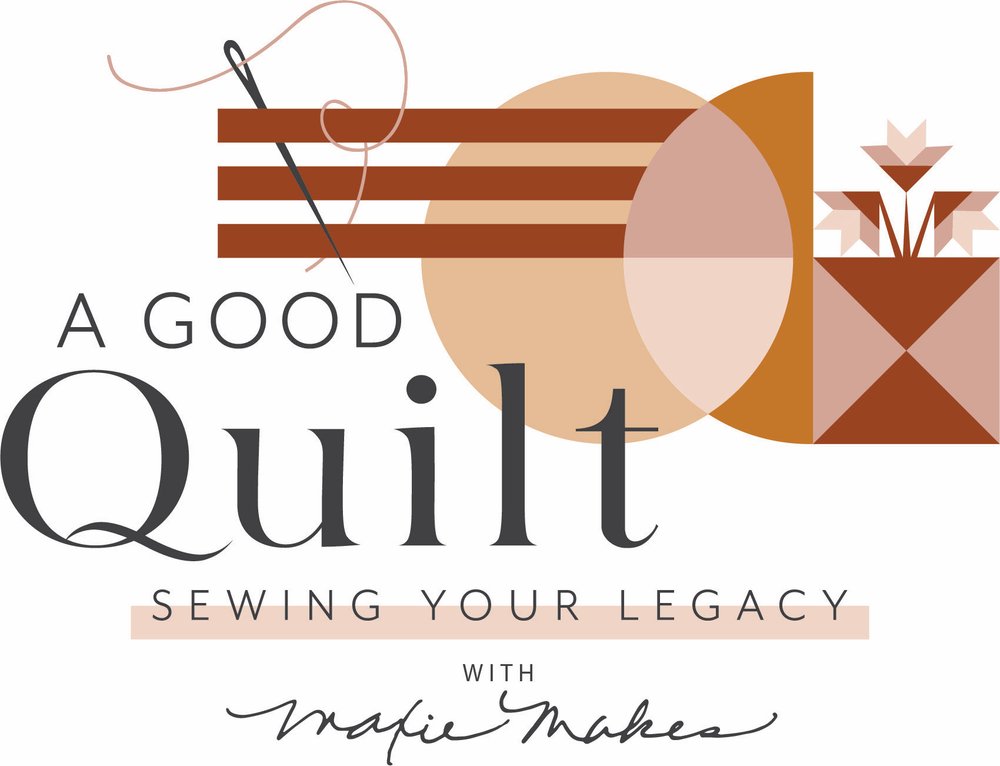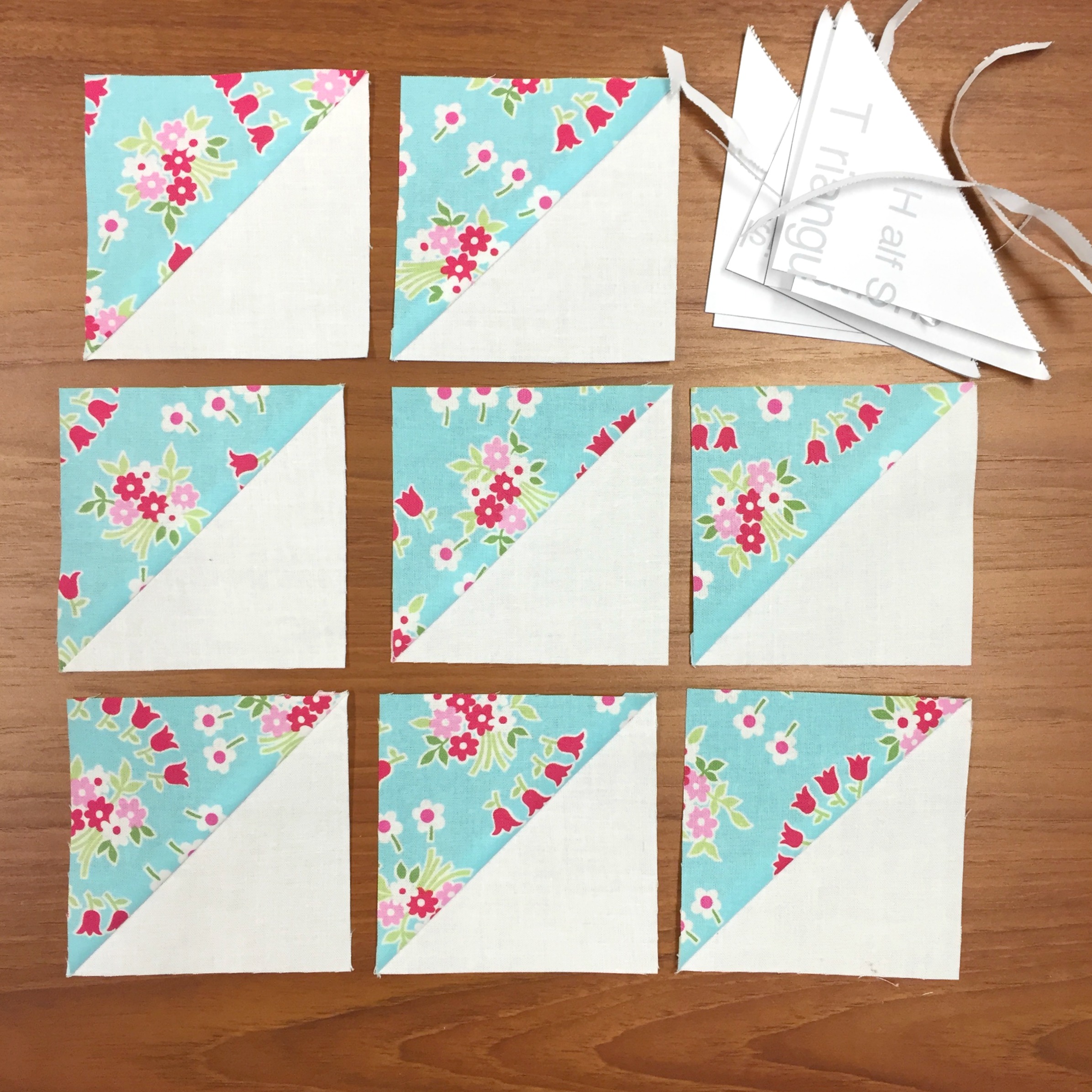I'm very excited to share with you today that I will be participating in the Ribbon Blog Hop by Bonnie Christine and Renaissance Ribbons!
If you know what a shop hop is, you have a general idea of what a blog hop is...except you can drink coffee and keep your slippers on for this one! A blog hop is a set time frame during which a group of bloggers post about a topic and share links to the previous day's blog post and the next day's blog post so that you can easily visit each one of them! We have 18 bloggers participating, so each day, for 18 days, you'll be able to see a new project using the wonderful Renaissance Ribbons designed by Bonnie Christine! It will be so much fun to see what each blogger will create and share with you. It begins on Monday, March 16, so mark your calendars and watch for the first post to be announced on Bonnie's blog on that day! Be sure to like my facebook page, too, as there will be regular announcements there. And by all means, please sign up for my emails (do that right here on the right sidebar) to receive all my announcements!
Bonnie Christine is a surface pattern designer, mother hen of the Roost Tribe and author of Going Home to Roost - a blog dedicated to living an extraordinarily creative life. She is inspired by the great outdoors and is passionate about sharing what she knows and creating community around creativity.
Bonnie Christine's ribbons were inspired by a love for nature and sunshine. They represent working in the garden, growing flowers and watching the bees, birds and butterflies take flight. Bonnie most enjoys using the ribbons to add cheer to everyday objects like notebooks, bags, key chains and clothing. Her goal has always been to create patterns that are organic and natural, joyful and lovely. She believes patterns are one of the ways we can express ourselves and make our spaces beautiful.
You can get started on ribbon projects now! Visit Renaissance Ribbon's beautiful free idea page!
Thanks for visiting! Happy Sewing and God bless! Maxie
























